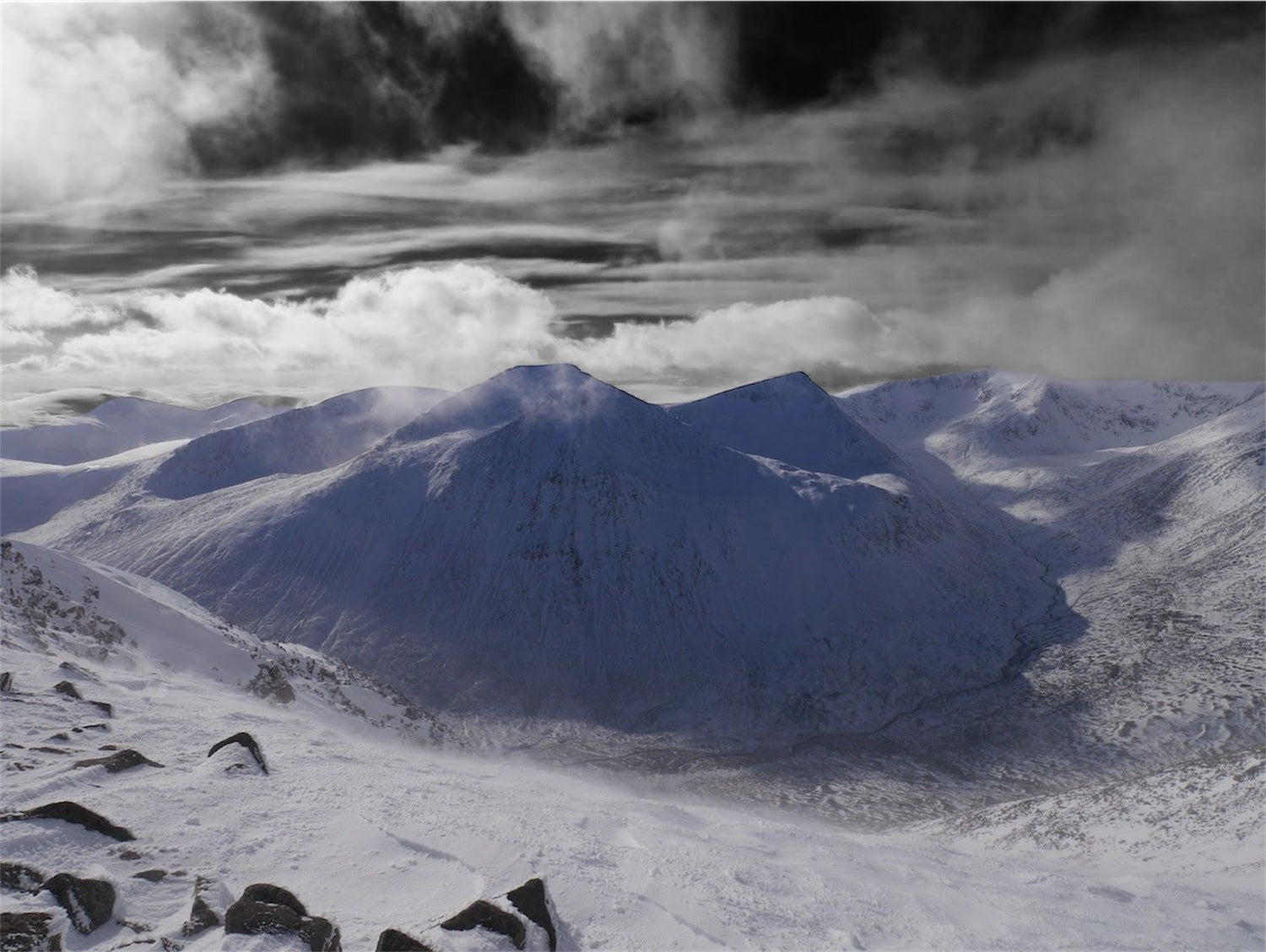Essential Steps for Handling Medical Emergencies While Camping or Mountaineering
When you venture into the great outdoors, whether camping in a serene forest or mountaineering on rugged terrain, the experience is unparalleled. However, nature’s beauty comes with risks, and being prepared for medical emergencies is crucial. This guide provides valuable tips to ensure you’re equipped to handle any health crisis while exploring the wilderness.
Preparation is Key
Before embarking on your adventure, thorough preparation can make all the difference in a medical emergency.
First, pack a comprehensive first aid kit. Your first aid kit should include adhesive bandages and gauze, antiseptic wipes and ointments, tweezers and scissors, pain relievers (ibuprofen, acetaminophen), antihistamines for allergic reactions, a splint for fractures, a thermal blanket for hypothermia, and personal medications (e.g., inhalers, insulin).
Next, know your route and identify the nearest medical facilities. Carry a map and a compass or GPS device. Ensure you have a means of communication, such as a fully charged mobile phone or a satellite phone for remote areas, aswell as a fully charged power bank unit.
Additionally, take a first aid course. Enroll in a wilderness first aid course. Organizations like the Red Cross offer specialized training for outdoor enthusiasts, teaching you how to handle injuries and illnesses specific to remote environments.
Assessing the Situation
When an emergency occurs, staying calm and assessing the situation is crucial.
First, make sure the area is safe for both you and the injured person. Move away from hazards like falling rocks, wildlife, or severe weather conditions. Determine if the injured person is responsive. If they’re unconscious, check for breathing and a pulse. If they’re unresponsive and not breathing, begin CPR immediately.
Administering First Aid
Once you’ve assessed the situation, it’s time to administer first aid.
For bleeding wounds, apply direct pressure with a clean cloth or bandage. Elevate the injured limb above heart level if possible, and apply a tourniquet if necessary and you are trained to do so.
For fractures and sprains, immobilize the injured area using a splint or improvised materials like sticks and clothing. Avoid moving the person unnecessarily to prevent further injury.
In cold conditions, hypothermia is a serious risk. Wrap the person in a thermal blanket or sleeping bag, provide warm fluids if they’re conscious, and move them to a sheltered area.
In hot climates, ensure the person is hydrated. Move them to a shaded area, offer water, and cool them down with damp cloths.
Seek Professional Help
In any medical emergency, professional help is essential.
Use your communication device to contact emergency services. Provide clear information about your location and the nature of the emergency. If you’re in a remote area without cell service, use a whistle, mirror, or signal fire to attract attention. Familiarize yourself with international distress signals, such as three short blasts of a whistle or three flashes of a mirror.
Post-Emergency Care
After the immediate threat has passed, focus on the injured person’s recovery.
Keep a close watch on their condition. Note any changes and be prepared to provide additional first aid as needed. Keep the injured person comfortable and reassured. Mental well-being is crucial during recovery. If the situation allows, carefully plan the evacuation to the nearest medical facility. Use a stretcher or improvised means to transport the injured person without causing further harm.
Being prepared and knowledgeable can transform a potentially disastrous situation into a manageable one. By packing the right supplies, knowing first aid, and staying calm, you can effectively handle medical emergencies while camping or mountaineering. Always prioritize safety, seek professional help when needed, and ensure every adventure is both thrilling and safe. Happy exploring!
Explore Without Limits!



